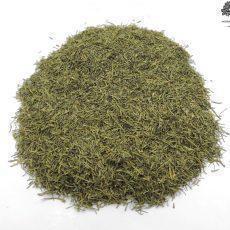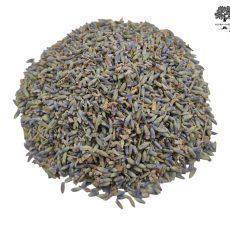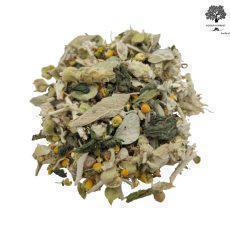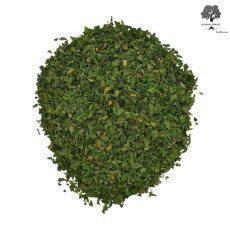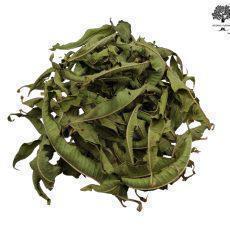Description
Product Information
Name: Dill
Scientific name: Anethum Graveolens
Family: Apiaceae
Expiration Date: Provided on the bag
Description:
Dill (Anethum graveolens) is an annual herb in the celery family Apiaceae.
It is the only species in the genus Anethum. Dill is grown widely in Eurasia,
where its leaves and seeds are used as a herb or spice for flavouring food.
Dill grows up to 40–60 cm , with slender hollow stems and alternate, finely divided,
softly delicate leaves 10–20 cm long.
In Greece, dill is known as ‘άνηθος’ (anithos).
In antiquity it was used as an ingredient in wines that were called “anithites oinos” (wine with anithos-dill).
Today the plant is used in cooking in salads, soups, various sauces and elsewhere.
Its characteristic aroma is similar to that of anise and its seeds are used in the aromatization of various foods,
while it can be kept dried.



